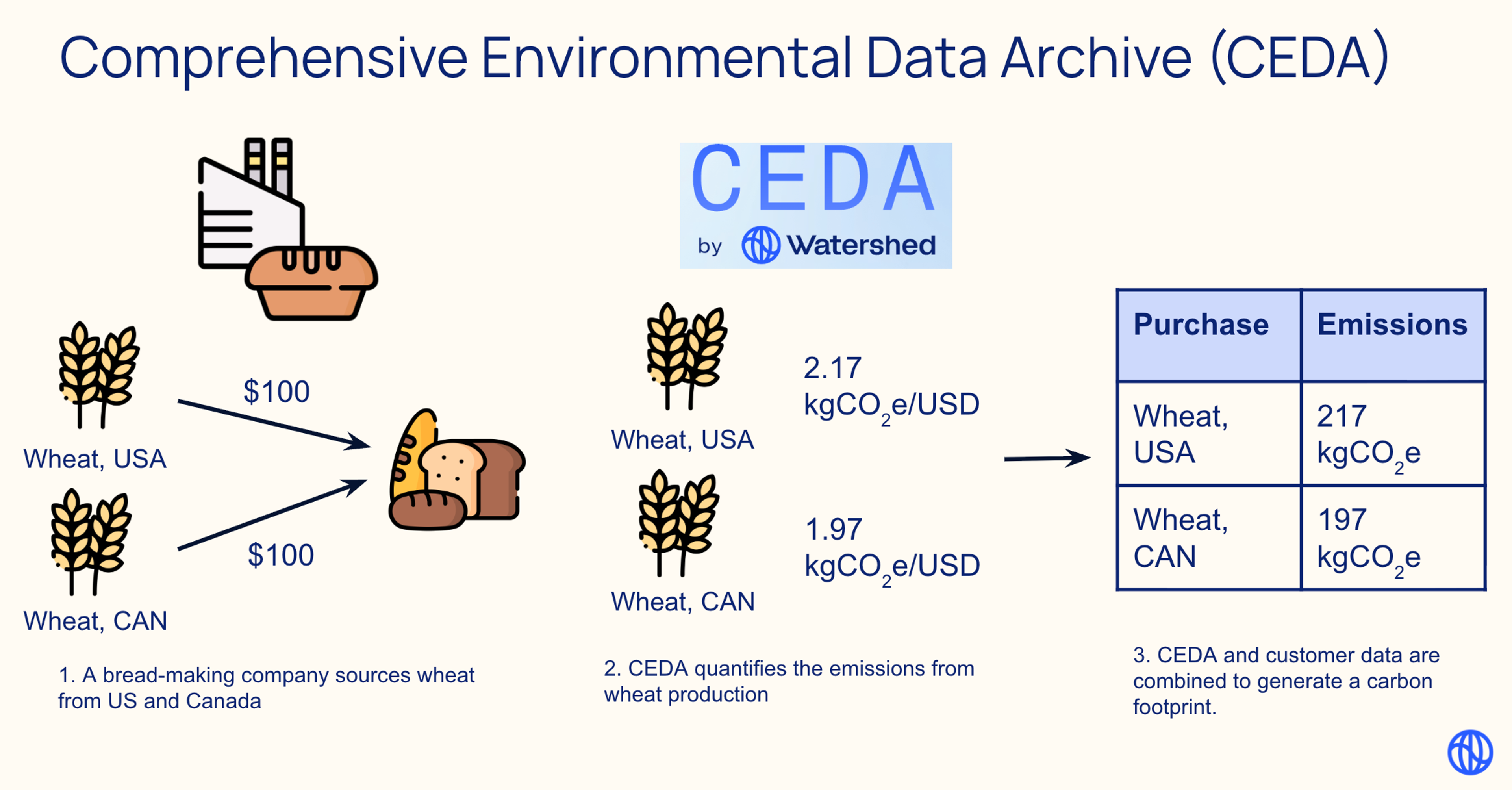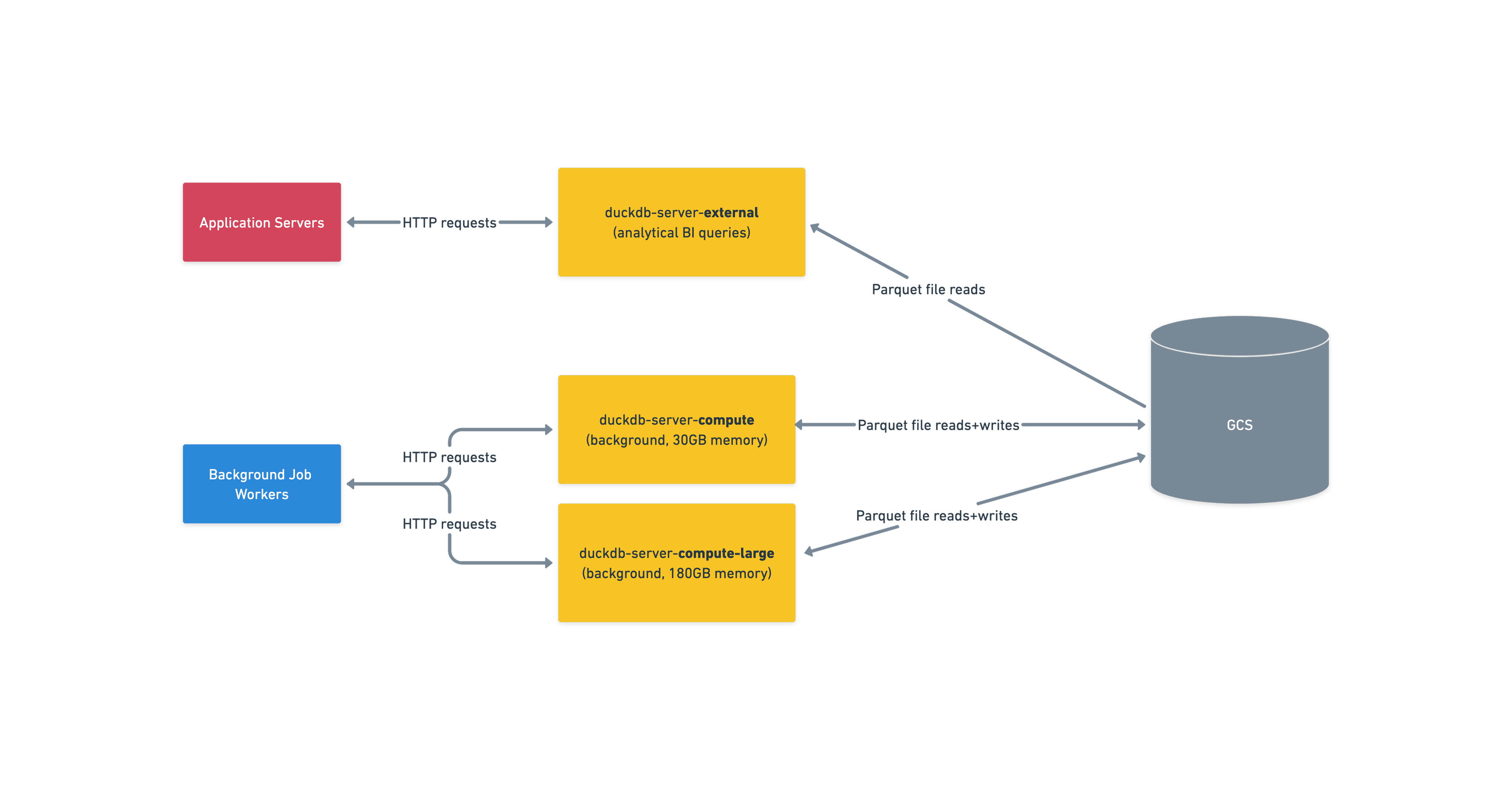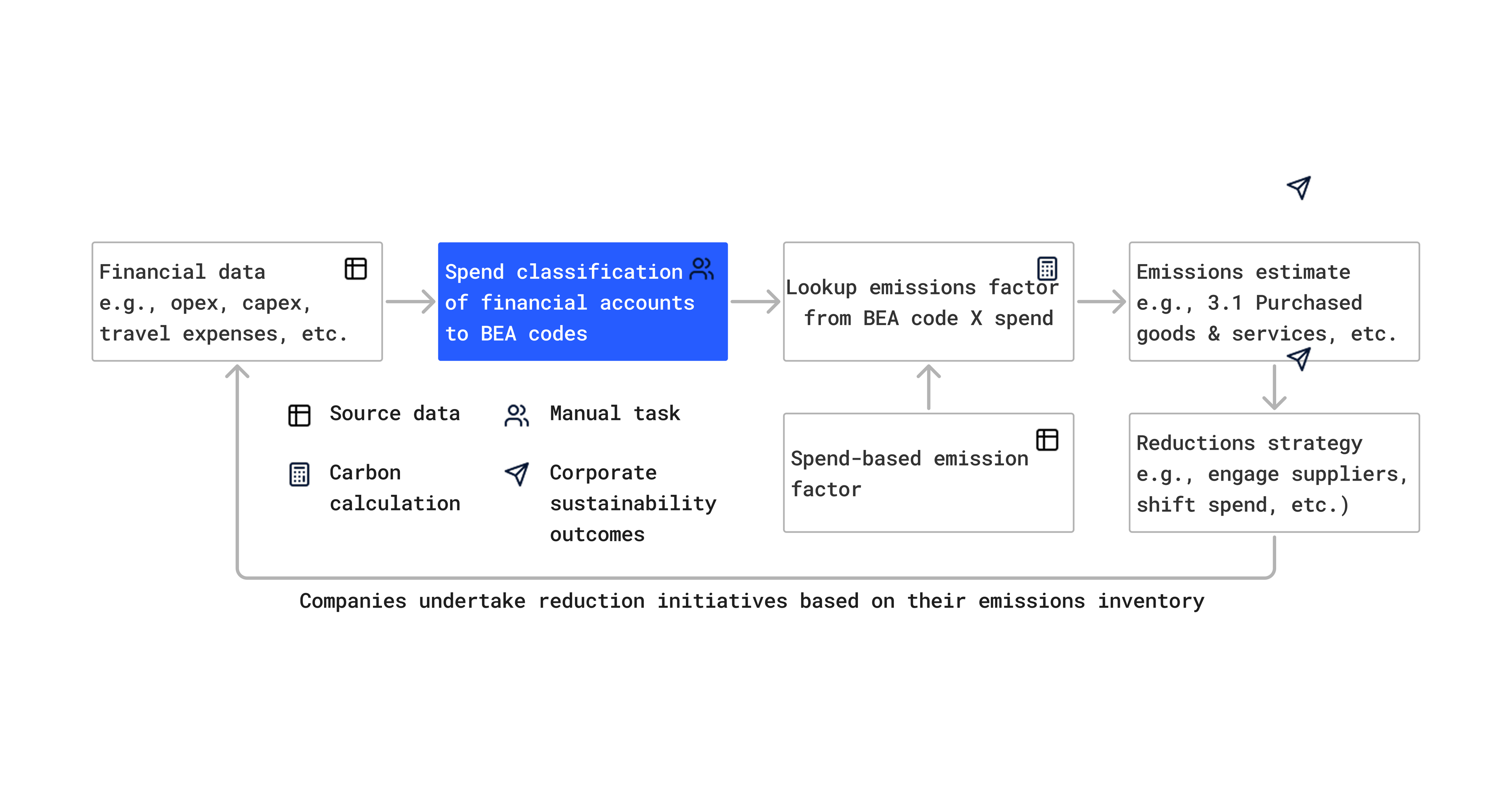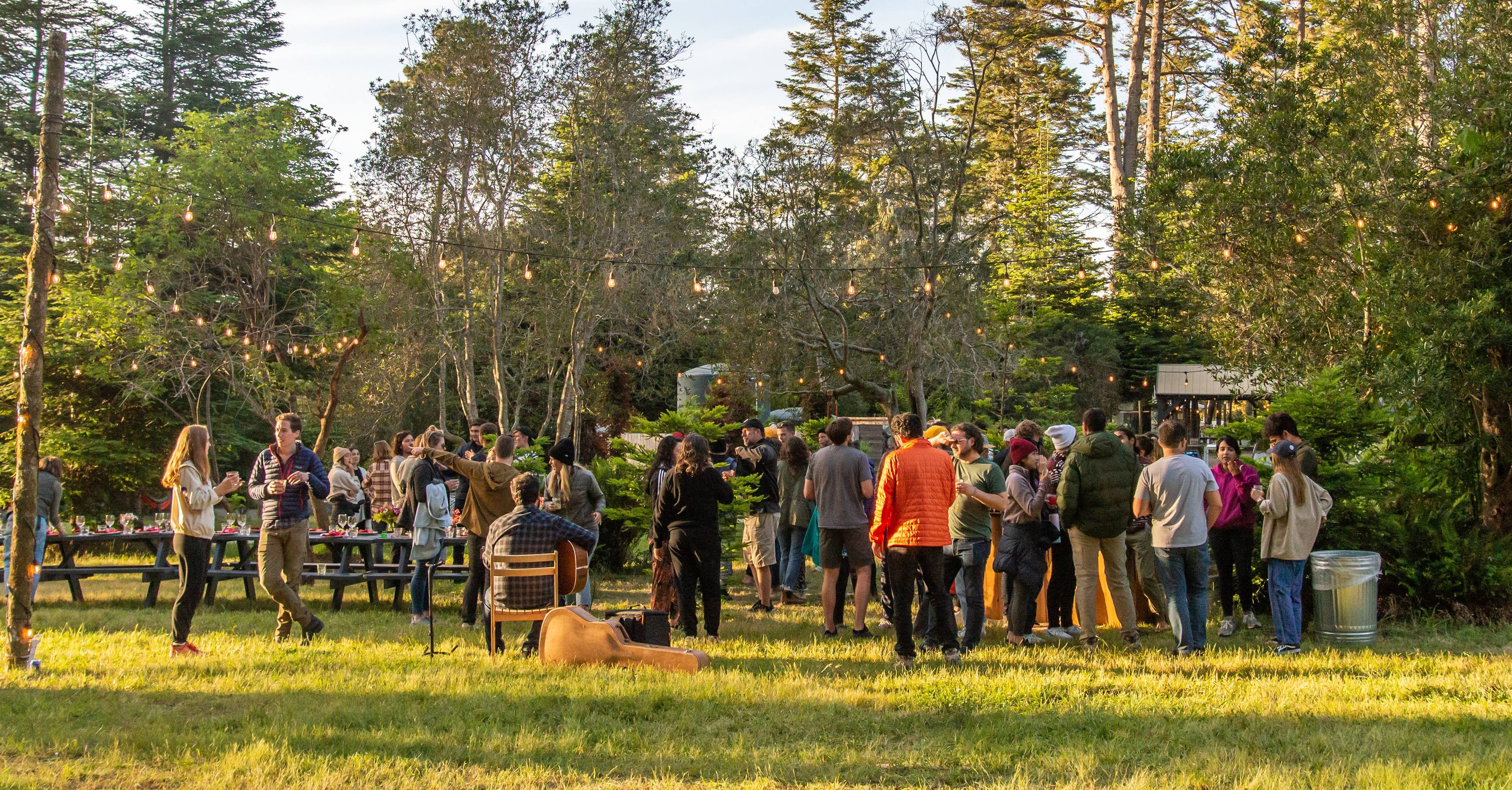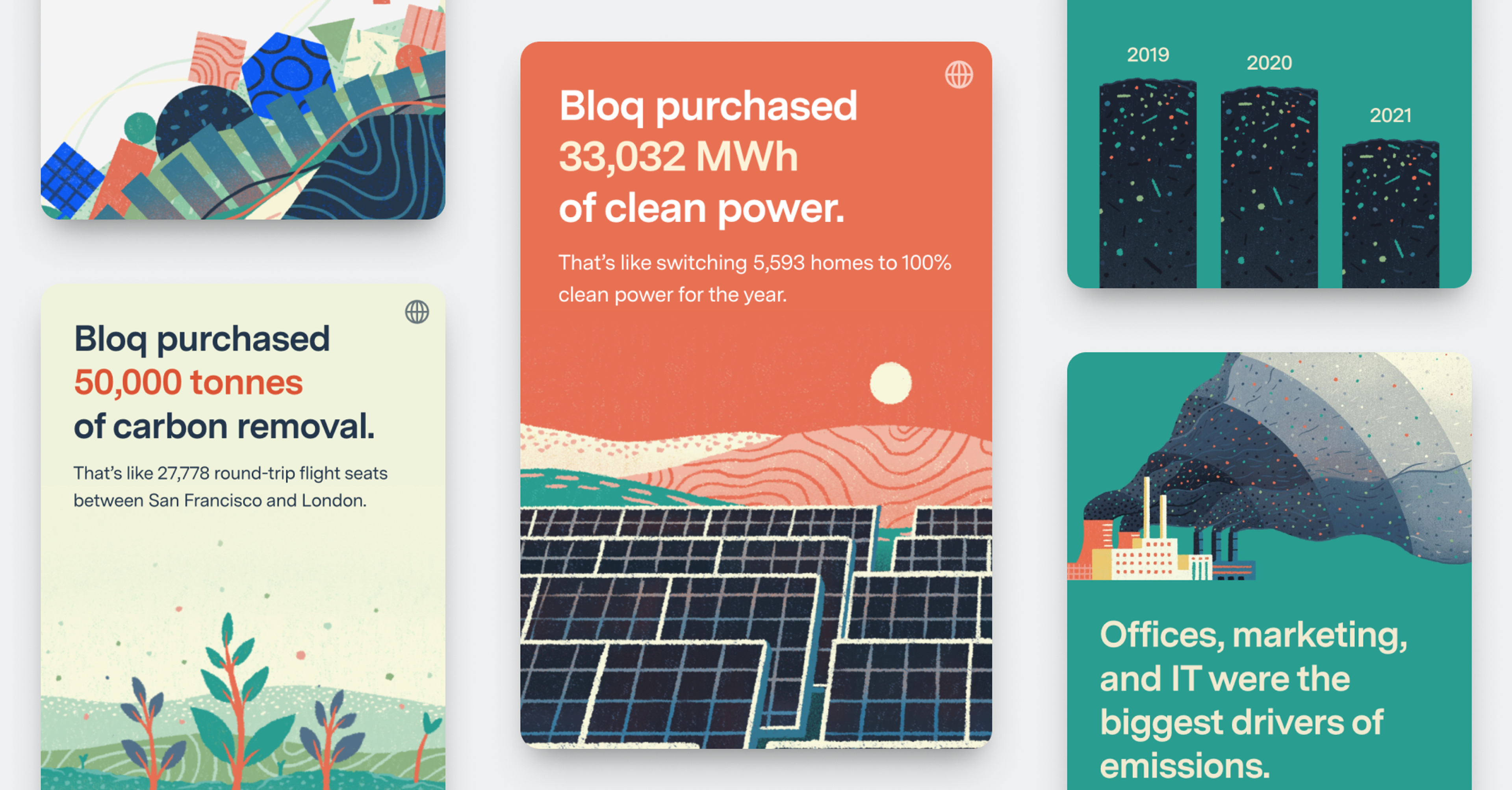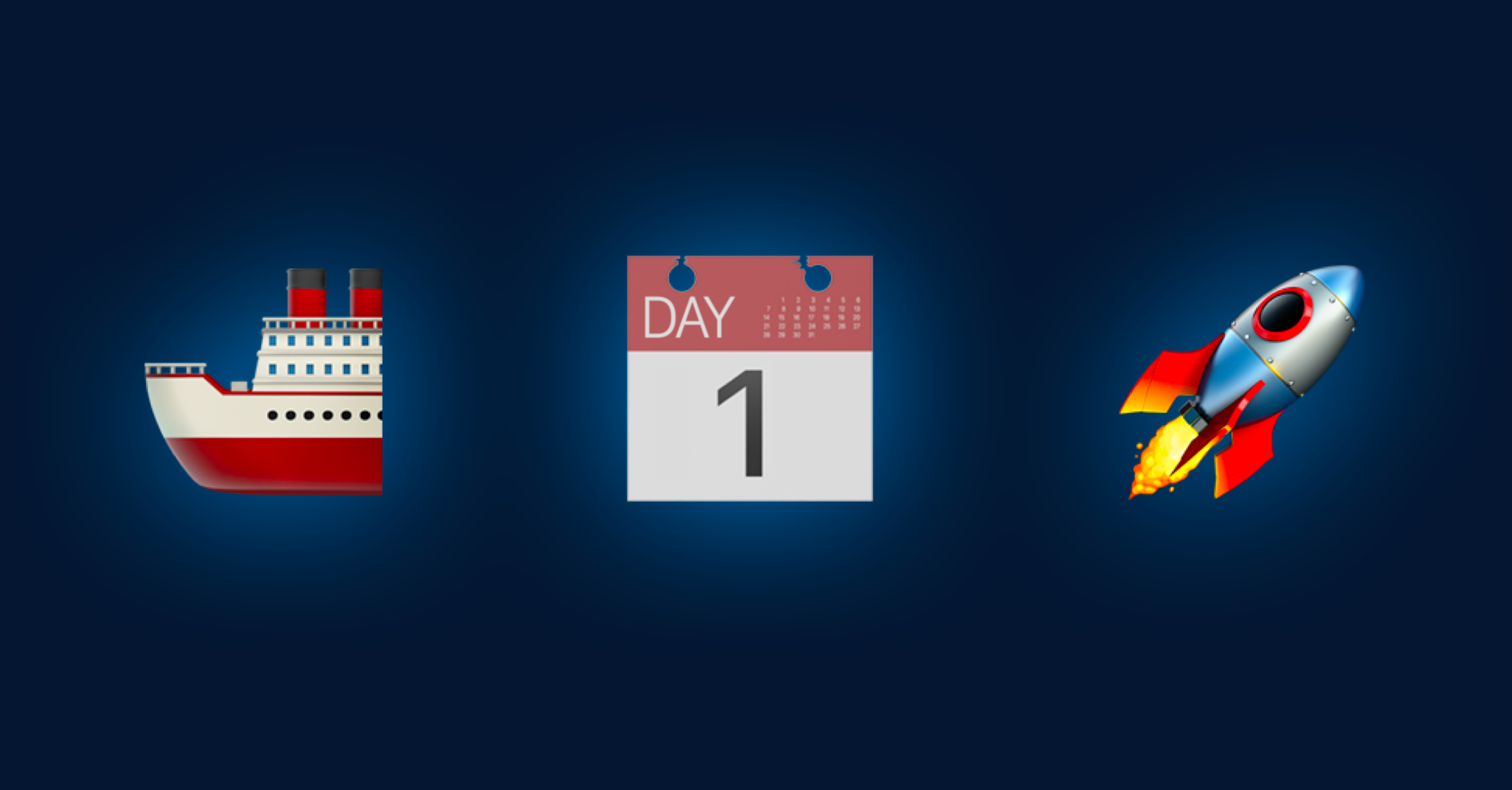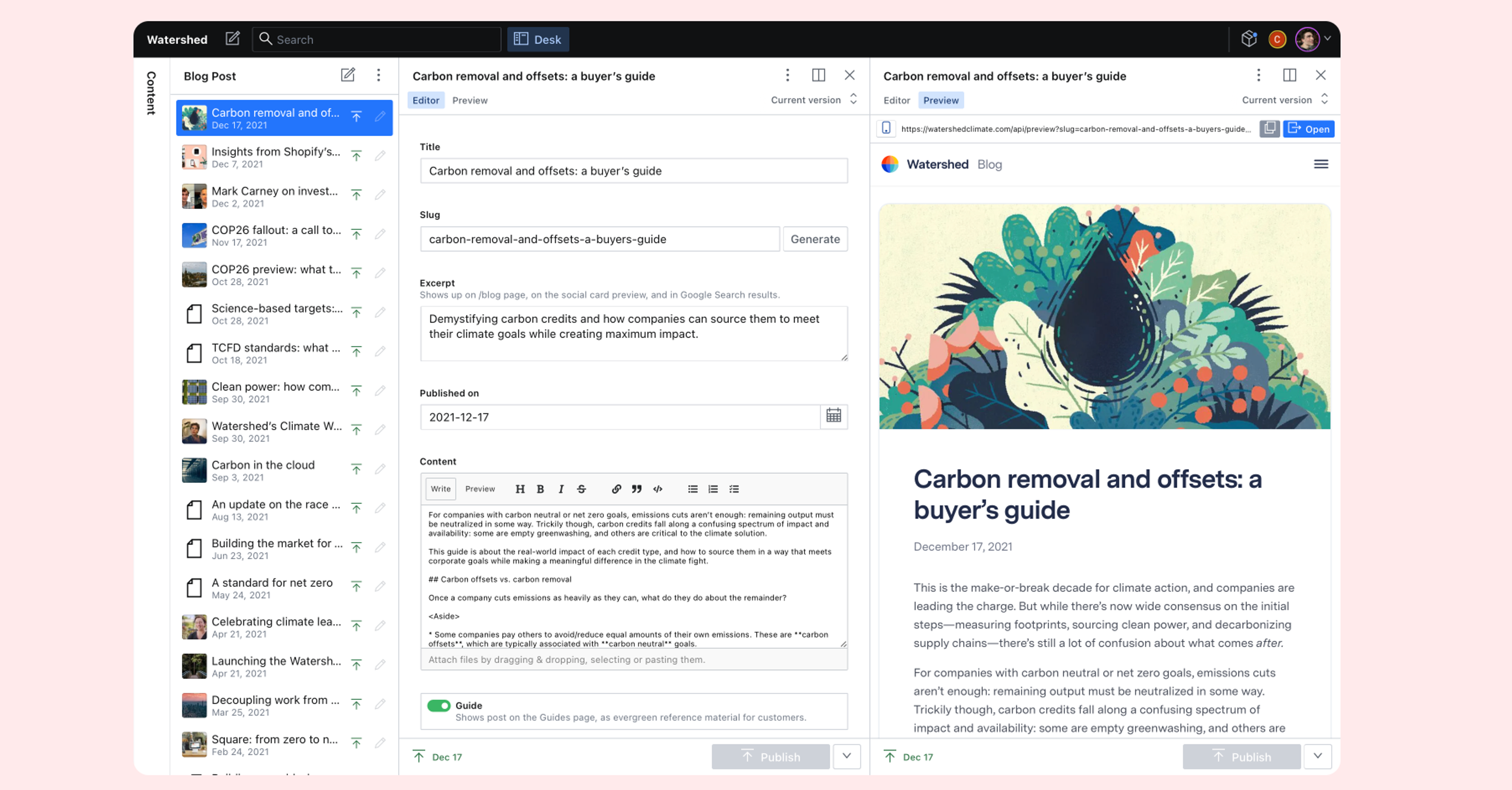
“What’s it like being a designer in climate tech?” is the number one question I’ve been asked since joining Watershed. And to be honest, I asked myself the same question as I started my job search. I desperately wanted to join the fight against climate change, but I wasn’t sure how much expertise would be needed to make the jump and where my UX skills could immediately add value.
The truth is, climate tech isn’t a monolith. This space is full of new companies attacking the climate problem from different angles. The exact skills needed can vary as a result — but there are no shortage of opportunities for designers to make an impact. To demystify our corner of the industry, Watershed hosted a UX community event to share more about our experience designing climate focused software.
In case you’re curious, below are some of my favorite quotes & themes from a lively hour of presentation, discussion, and Q&A.
“Day to day, we’re designing B2B software. We address climate change by creating tools that are essential for businesses. It’s a convergence of purpose and practicality.”
At Watershed, we build software to help companies cut carbon. Our core users are climate leads on sustainability teams at large organizations. With Watershed they can upload business data, measure the associated carbon emissions, and set targets to reduce their footprint. Our users are often climate experts motivated to drive transformational change in their organization — but to make it happen they need practical tools to organize and transform their data, visualize insights, and generate reports. This means that while the climate space is new for most of us, the shape of the design challenge is not so different from your average business software tool.
In sharing this context, Watershed designers emphasized that designing for climate is more accessible than you might think. While there is certainly no shortage of domain expertise to build when it comes to climate science, designers today are more than equipped to solve the kind of customer problems we see every day. If you’ve designed data heavy software or B2B applications — chances are you know patterns that could add value on day one.
“When building for unknowns, trust the design process”
Designing climate-focused software comes with its share of challenges — including that it’s a pretty new space, without a ton of prior art! New needs are emerging daily as the regulatory landscape changes, and customers don’t have a ton of established software alternatives they can point to and say, “I want it to work similar to X.” During the event, Watershed designers shared their strategies for navigating a rapidly evolving problem space — namely how they look for UX inspiration in analogous software experiences, and rely on tight feedback loops with customers to cut through the ambiguity.
One of our design leads, Molly, gave the audience a peek into the customer driven co-design process via case study. She shared a story of tight collaboration with consumer goods companies as she designed a tool to help them model emissions scenarios at the material and product level. After a handful of discovery calls she got a sense for what these climate leads were trying to accomplish, and started prototyping to make it tangible — bringing mocks to customers and asking “is this what you actually need?”
Her take on designing in the face of many unknowns in climate? Trust your process — discover, prototype, get feedback, iterate. You’ve got all the tools as a designer to take it head on.
“I’ve become a climate optimist. Mystery spurs fear, but when you get close to the problem you see the opportunity for impact.”
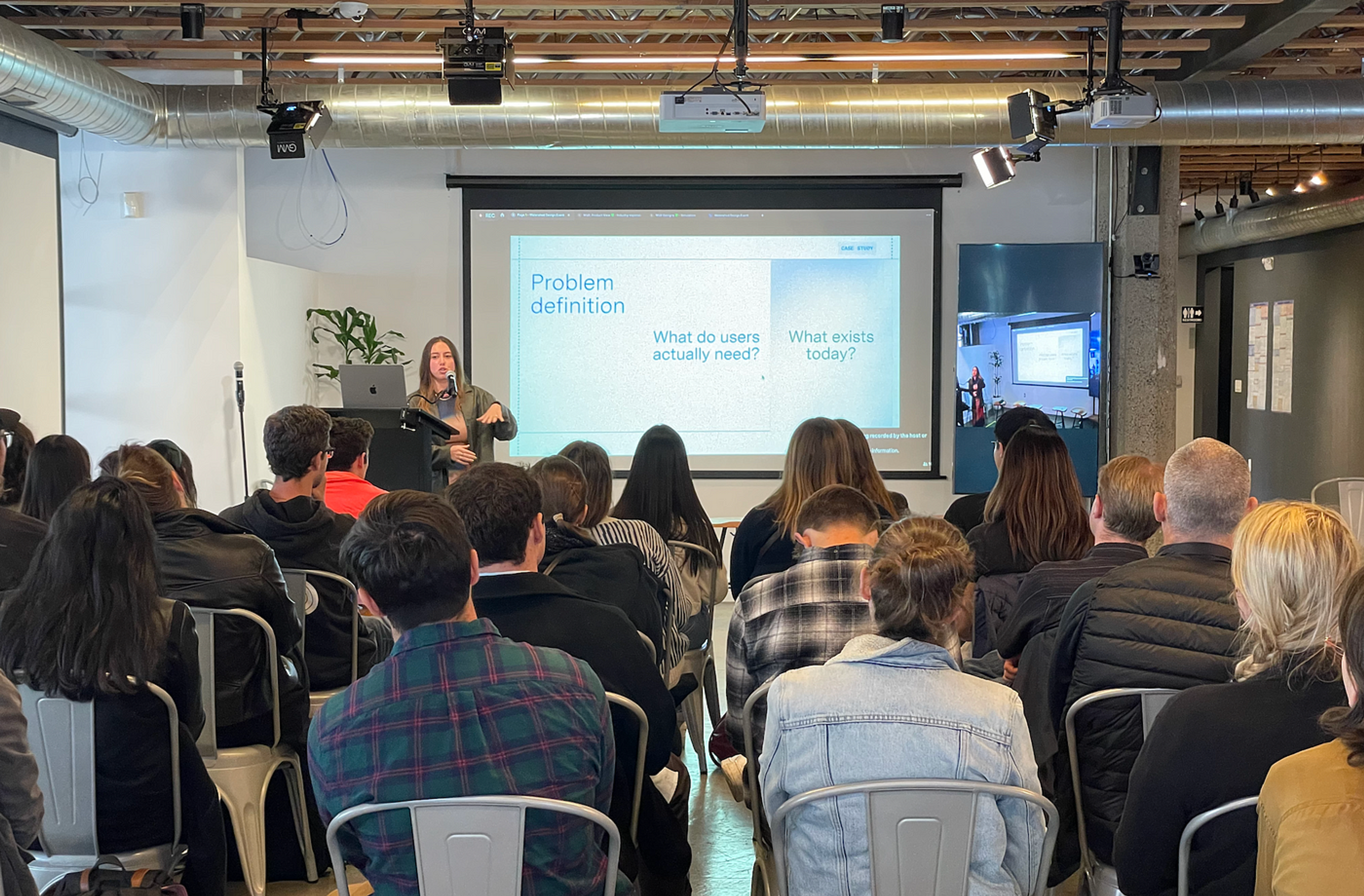
At Watershed, we embrace climate optimism. Our optimism is fueled by the fact that things are falling into place: technology is advancing, economic and climate incentives are aligning, and regulation is accelerating change. While evidence of climate change is ever more present around us, we want to remind the world that reducing the impact of climate change is entirely possible, with the right solutions, at speed and scale.
You’ll see this optimism show up in our brand and content design. Our brand design lead, Meghan, spoke about how lucky we are to have a message that resonates with companies at both a practical and emotional level…and how we purposefully strike a tone of deep optimism in our storytelling versus doom and gloom.
This optimism shows up in the individual employee too. Another product design lead, Gaby, shared how her experience designing at Watershed has made her increasingly hopeful: “I came into Watershed as a bit of a climate pessimist, but in working here I’ve turn into an optimist. Mystery spurs fear, but when you get close to the problem you see the opportunity for impact.”
And that’s a wrap! We hope this is a first of many events where we bring together climate-interested design community. If you’re interested in attending future sessions or even co-hosting, please reach out — let’s continue the conversation.
Does this get you excited about designing climate software? Come join us — we’re hiring.

